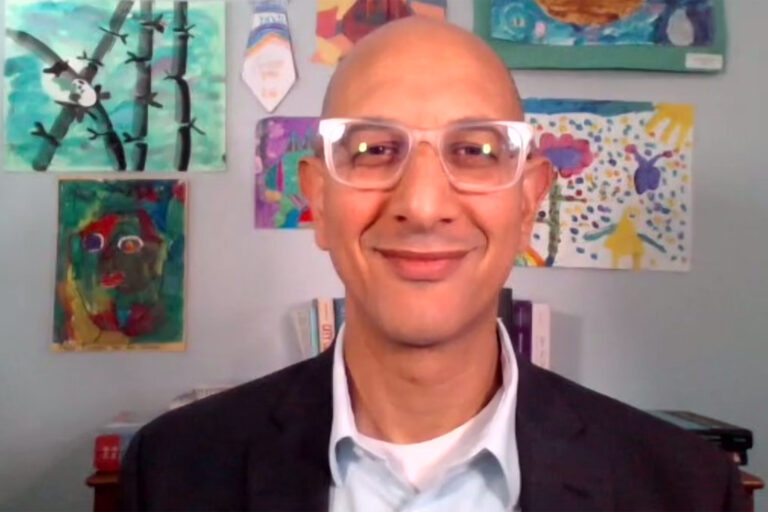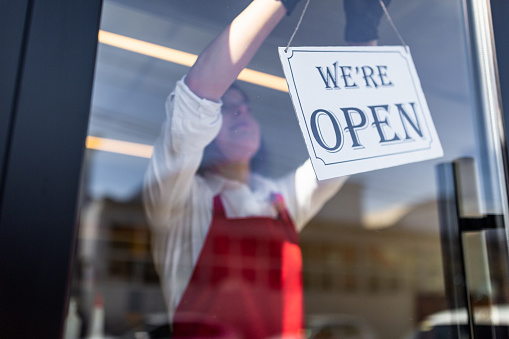PPIC’s Speaker Series on California’s Future invites thought leaders and changemakers with diverse perspectives to participate critically, constructively, and collaboratively in public conversations. The purpose is to give Californians a better understanding of how our leaders are addressing the challenges facing our state.
PPIC is a nonpartisan, nonprofit organization. PPIC does not take or support positions on any ballot measure or on any local, state, or federal legislation, nor does it support, endorse, or oppose any political parties or candidates for public office. Any opinions expressed by event participants are theirs alone and do not necessarily reflect any position of the Public Policy Institute of California.
On the eve of today’s long-awaited reopening, PPIC president and CEO Mark Baldassare talked with Dr. Mark Ghaly, secretary of the California Health and Human Services Agency, about what it means for California to reopen and what challenges and opportunities lie ahead.
Ghaly said that California has been able to end most of its restrictions on public activity because “Californians came together over the past year and did incredible work,” he said. “It hasn’t been easy; we have learned a lot along the way.” Starting today, he added, “capacity restrictions for businesses largely go away.” Masking requirements will continue in some places, such as hospitals, transit, jails and prisons, and inside K–12 schools.
The reopening comes at a time when most Californians have gotten the vaccine, and the health system is able to cope with a relatively small number of serious COVID-19 cases as well as other medical needs. Ghaly noted that the state is largely following CDC guidelines, but that variations in local conditions are important. “Keep looking at what your local public health team and your local leaders are telling you,” he advised.
Local variation is driven by a number of factors, including economic inequities. As California emerges from the pandemic, Ghaly said, “we need to continue to make headway on lifting all boats.” He said he has always been committed to tightening the social safety net and filling in its holes, but that the pandemic helped him see the need to widen and lift it higher off the ground: “Lifting it up gives us an opportunity to allow people to get services and resources before they nearly hit the ground.”
Ghaly said that there are some communities with low vaccine rates, and these areas will probably see outbreaks. But a statewide surge in the fall and winter is “less and less likely.” He noted that the vaccines are highly effective against variants: “We haven’t yet seen a variant that totally breaks through.” And he is confident that if booster vaccines turn out to be necessary, the health system can respond. But public health officials will continue to monitor the course of the virus. “We’re going to keep our guard up,” he said. “I think Californians want us to keep our eye on what’s happening.”




